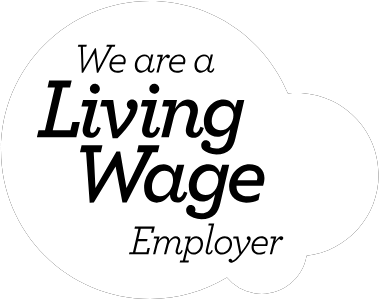Circular economy innovations in materials science are helping combat climate change.
In November this year, governments’ net zero promises are set to be scrutinised at the upcoming COP26 in Glasgow. As they start to enshrine their commitments in law, and investors increasingly select companies that prioritise ESG, businesses involved in some of the world’s most polluting industries are being forced to speed up their own net zero journeys.
One such industry is construction, which creates over 20% of global CO2 emissions – most notably from the cement used in concrete.
To improve this statistic, the UK Government’s ‘Build Back Better – plan for growth’ – writes of “accelerating…greater use of cutting-edge construction technology” and plans for a ‘Green Industrial Revolution’, citing greener building as part of its 10 Point Plan. To highlight the energy intensity of the traditional cement making process, the recent increases in global energy prices led to calls for government intervention by cement companies faced with spiralling costs.
The team at the World Green Building Council has set a science-based roadmap for the built environment sector to achieve net zero by 2050 (and whose Vice Chair, Elizabeth Wangeci Chege, has long pioneered green building in Africa).
There is no doubt that using sustainable building materials as alternatives to cement will be a key area of focus for asset managers investing in the built environment. Inspiration can be sought in Africa, for example in the important research being done by Dr Wolfram Schmidt into cassava ‘cement’ – detailed in our #AfricaNetZero series here
Another example is Betolar’s Geoprime™ solution an innovation by a Finnish company that licenses its IP to concrete manufacturers globally to produce low carbon alternatives to cement utilising industrial side streams as binders. Over the last year it has attracted serious investment, new customers and is currently in a strong expansion phase in Europe, with further pilots underway across Asia. With durability that outperforms traditional products and with up to 80% smaller carbon footprint – it is set to help accelerate the transition towards sustainable construction and a circular economy.
Also focused on reducing emissions (this time related to deforestation, and the energy required to convert wood into paper and pulp, accountable for 0.6% of all global greenhouse gas emissions) is the team at Tensei, which uses alternative natural fibres (such as agricultural waste crops or unrealised bio waste streams) to produce both wood free and plastic free materials. What’s more, they’re creating a global database of over 400 fibres, detailing their specific capabilities and how they perform as mixed materials. Projecting forward, this could have implications for multiple industries beyond recyclable packaging.
A vision for achieving the goal of ‘building back better’ is outlined by The Living Future Institute, a global non-profit which oversees the Living Product Challenge (LPC). This seeks to transform the materials economy by creating a standard that regenerates nature (rather than just finding ‘less bad’ product alternatives). The Living Product 50 (LP50) is a collaboration among fifty leading manufacturers that are working to create the world’s first Living Products. They focus on driving industry-wide change by aggregating purchasing power, influencing supply chains and changing standards to remove barriers.
Although all of the current examples of the LP50 are in the United States, there are materials companies with similar nature-first goals here in the UK. One such is BIOHM, which tackles the vast waste streams of the construction industry with biomimetics. For example, by feeding waste to mycelium, the firm creates sustainable – and affordable – mushroom-based insulation.
Similarly, Oban and London-based Oceanium is unlocking the seaweed value chain in the western hemisphere refining sustainably farmed seaweed to produce feedstock as the basis of high-quality products, including sustainable food ingredients, nutraceuticals and bio-packaging. In doing so, they are creating carbon sinks, ensuring responsible coastal management, enabling a sustainable seaweed farming industry and creating further impact through job creation. In their own words, they have a vision to ‘Kelp the World’. That’s a mission we can all get behind.






